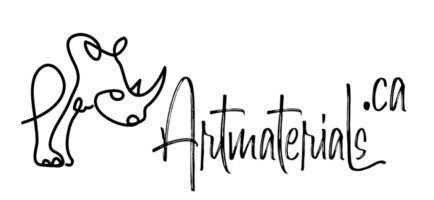Here we’ve collected many ways how to clean brushes after oil painting and prolong their life.
What artists really don’t like about oil painting is that it’s messy. Cleaning brushes, maintaining workspace neat takes much more efforts than when you work with watercolours or acrylics.
Rinsing in turpentine or white spirit, or mixture of both
Turpentine and white spirit are quite different, when we’re talking about painting. However, when it’s about brush cleaning, we can treat them as the same substances. Technically, they just break up oil and that’s how your brush comes out clean and neat. As both turpentine or white spirit are toxic, never pour liquid into toilet bowl or sink. Recycle properly, when possible. If special disposal or recycling is not available, just pour liquid into a jar, fill it with paper towels or cloth enough to absorb most of the content, close your jar tightly and dispose.
Pro’s:
- easy to get and use
- cheap
- can be used during painting process, as well as for final brush cleaning after use
Con’s:
- very toxic
- can be smelly
- requires special disposal
- can damage delicate hair (kolinsky or other soft hair)
Rinsing in vegetable oil
If you’re lazy and paint frequently, you can use just regular vegetable oil for cleaning your brushes. Fill a glass jar with with 2 inches of oil and simply rinse your brushes there. Remove paint residue with paper towel. To prevent brushes from hardening, keep your brushes immersed in oil until the next use. Oil can be reused as paint will simply settle down on the bottom of the jar. Make sure that your brushes are suspended and don’t touch the bottom of the jar with oil to prevent brush damage.
Pro’s:
- easy to get and use
- cheap
- can be used during painting process, as well as for final brush cleaning after use
- non-toxic
Con’s:
- doesn’t clean your brush in full, so you should keep your brush soaked in oil all the time
Rinsing in vegetable oil and freezing
If you’re planning to make a long break between oil painting, or don’t want to keep your paintbrushes soaked in oil all the time, after rinsing your brushes in oil you can wrap them with a plastic bag and place in a freezer.
Pro’s:
- easy to get and use
- cheap
- can be used during painting process, as well as for final brush cleaning after use
- non-toxic
Con’s:
- doesn’t clean your brush in full, so you should keep an eye on your brushes
Cleaning with dish soap
As dish soap is a good degreaser, you can simple wash your brushes in it. After full cleaning, leave your brushes horizontally to dry completely before the next use.
Pro’s:
- easy to get and use
- cheap
- non-toxic
Con’s:
- can be used only after painting session
- requires long time for full drying before the next use
- doesn’t work for delicate brushes (kolinsky etc.)
Dry cleaning with paper towels
Some artists use just paper towels and wipe the brushes until they get completely dry and paint removed.
Pro’s:
- non-toxic
- can be used during painting process, as well as for final brush cleaning after use
Con’s:
- requires a lot of paper towels, so this method is not environment friendly
- doesn’t work for delicate brushes
Different manufactured brush cleansers
Please refer to their instructions for pro’s and con’s.
RUSART Naturals Oil Brush Cleanser
If you really care about your brushes, try RUSART Naturals this easy-to-use cleanser for oil paint brushes. This all natural medium cleans your oil brushes in seconds and keeps them soft, flexible, as if they are brand new. It’s a cleanser and conditioner at the same time.
How to use Rusart Naturals Oil-Based Brush Cleanser:
- Wipe paint residue from your brush with a paper towel or cloth
- Shake a jar well before every use
- Wash your brush in this solution for 5-10 seconds or until clean
- Remove product leftovers with a paper towel or cloth
The solution can be reasonably reused even if looks soiled. Don’t forget to shake a jar before every use.
Pro’s:
- non-toxic
- cleans in seconds
- works even for delicate brushes
- brushes can be stored for a long time after use
Con’s:
- price
- intended to use after work, not as a cleanser during painting.
(c) RUSART



























